Modern day Atlantis: Inside the 75-year-old Soviet floating city that’s slowly slipping into the sea
A Soviet-era city that broke records as the site of the world’s first offshore oil well is now slowly collapsing into the sea.
Oil Rocks, also known as Neft Dashlari, is on its way to becoming a modern-day Atlantis.
Located in the Caspian Sea, the sprawling floating city is located about 55 km from the coast of Azerbaijan and 120 km from Baku, within the borders of the capital.
It was built by the Soviets in 1949 after engineers discovered black gold thousands of meters beneath the seabed of the Caspian Sea.
Oil production began in 1951 and the unique city later earned the title of oldest offshore oil platform.
A Soviet-era city that broke records as the site of the world’s first offshore oil well is now slowly collapsing into the sea
The project was commissioned by Joseph Stalin before he started developing Russian oil operations in Siberia.
It was and still is not a small operation: Neft Dashlari covers some 27 kilometers, and is home to approximately two thousand employees, three hundred kilometers of roads and 256 individual oil wells.
The man-made archipelago also features a nine-story apartment building for its employees, as well as other facilities to complete the city, including a park, restaurants, hotels, a museum, a bakery, a cinema and even a football field.
Some of the foundations were even built on sunken ships and at its peak the man-made city saw more than 2,000 oil rigs producing oil.
In its prime the city had 5,000 workers, although this has now been halved as waves began to reclaim its structure.
The city’s Guinness World Records page states: ‘Neft Dashlari is a fully functioning city built in the Caspian Sea, 55 km from the coast of Azerbaijan.
‘Construction and development continued until the town included hotels, hostels, a bakery, a power station and a total of 7 hectares of land area, consisting of separate ‘islands’ connected by more than 200 km of trestle bridges, all supported on metal piles.
“Although much of Neft Dashlari has been reclaimed from the sea, the oil rigs are still producing oil.”
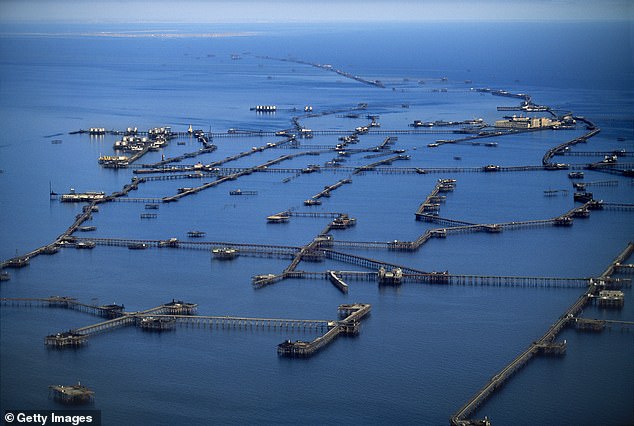
Oil Rocks, also known as Neft Dashlari, is on its way to becoming a modern-day Atlantis
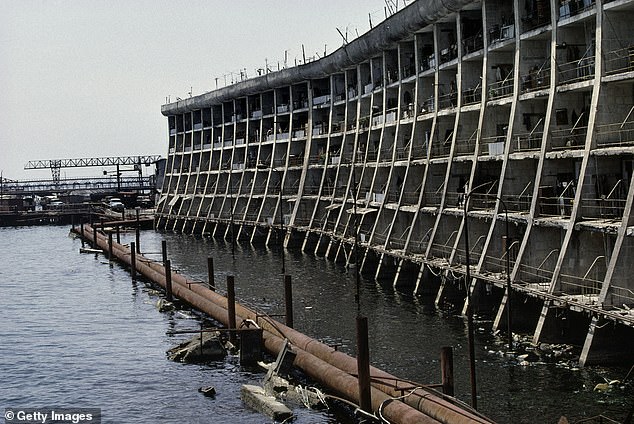
In the photo: the apartment complex built for the workers living on Neft Dashlari
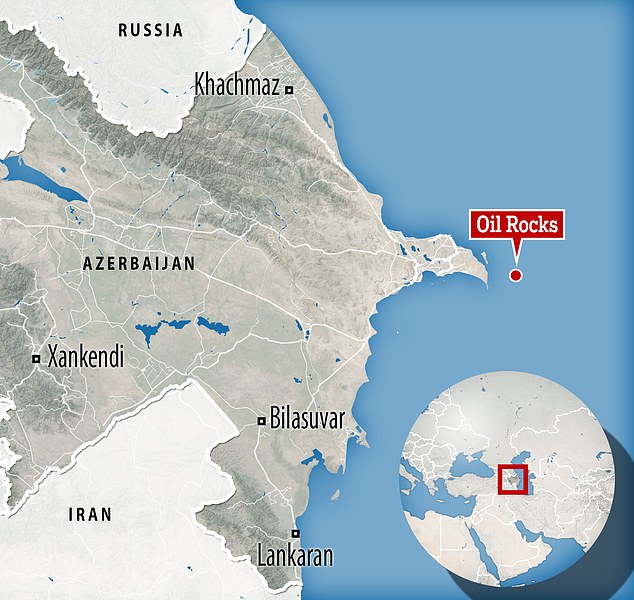
Located in the Caspian Sea, the huge floating city is located about 55 km from the coast of Azerbaijan and 120 km from Baku, within the borders of the capital
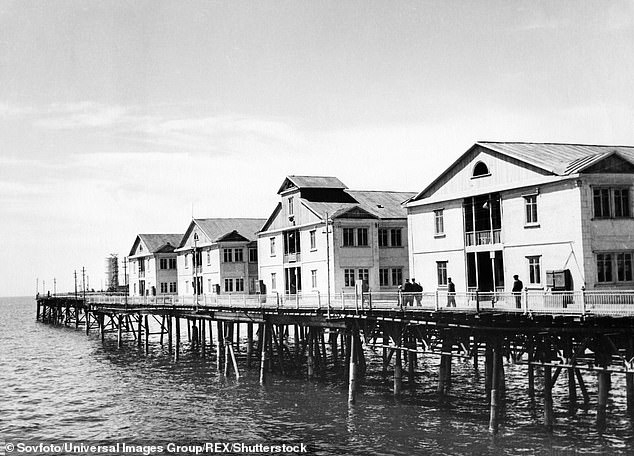
More housing was built for the 5,000 workers the city had in its heyday

Although it’s not your traditional town, and at first glance looks like a giant spider on the waves, Oil Rocks is what thousands of people call home – and the future doesn’t look good

It was and still is not a small operation: Neft Dashlari covers some 27 kilometers, and is home to approximately two thousand employees, three hundred kilometers of roads and 256 individual oil wells.
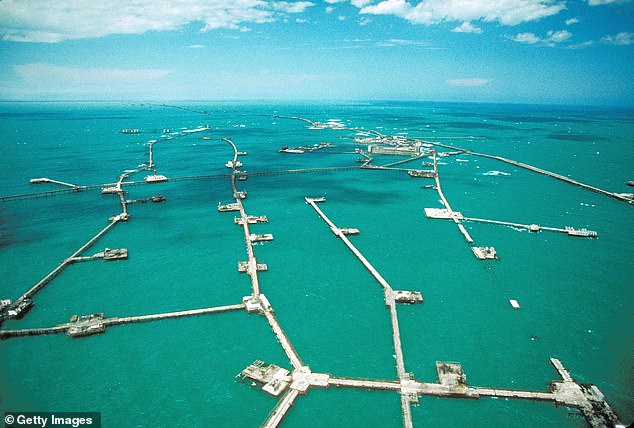
Although it’s not your traditional town, and at first glance looks like a giant spider on the waves, Oil Rocks is what thousands of people call home – and the future doesn’t look good
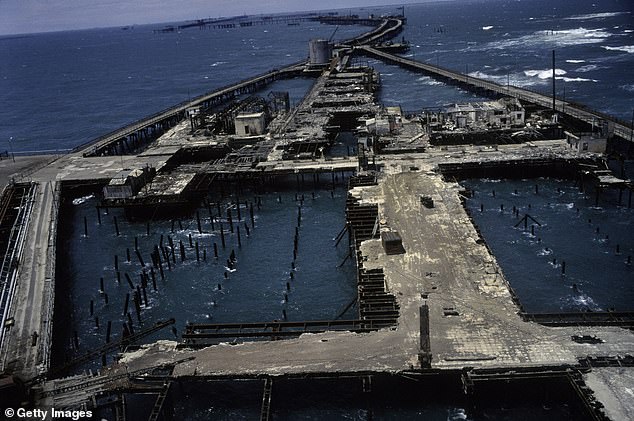
It was built by the Soviets in 1949 after engineers discovered black gold thousands of meters beneath the seabed of the Caspian Sea.
Although it’s not your traditional town, and at first glance looks like a giant spider on the waves, Oil Rocks is what thousands of people call home – and the future doesn’t look good.
Time has taken its toll on the historic city and by its 100th anniversary in 2051 it could be completely underwater.
Of the 300 km long road network, only about 45 km is still usable, as it slowly crumbles into the water below.
After new oil fields were discovered elsewhere and their price began to fluctuate, Neft Deshari unfortunately fell into decline, the German news site reported. The mirror.
Most oil rigs are now out of use and many bridges have collapsed, preventing workers from reaching them.
The outlet explained it too that a worker at Oil Rocks makes about $130 a month, which doesn’t seem like much but is actually twice as much as someone doing the same work on the mainland.
But due to submerged structures, oil leaks and damaged equipment, the plant has not been able to function effectively for a long time.
The publication detailed that “properly dismantling Neft Dashlari would likely be more expensive than simply keeping it running with reduced oil production.”
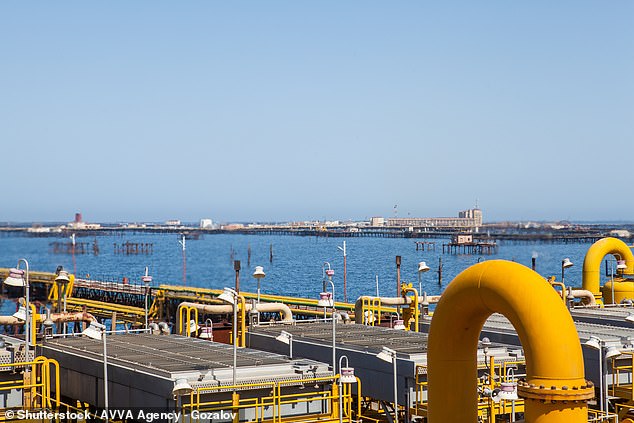
Some of the foundations were even built on sunken ships and at its peak the man-made city saw more than 2,000 oil rigs producing oil.
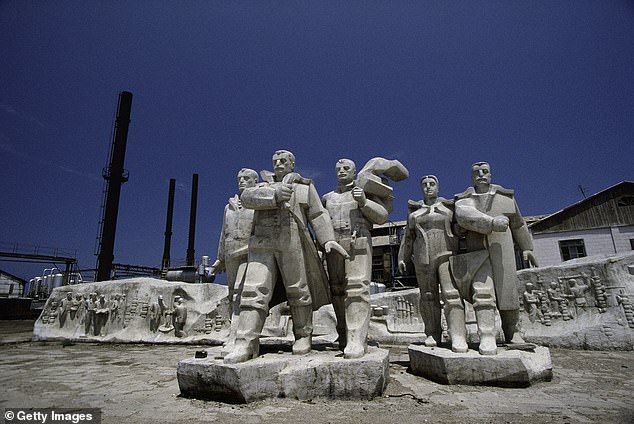
Time has taken its toll on the historic city and it could be completely underwater by its 100th anniversary in 2051
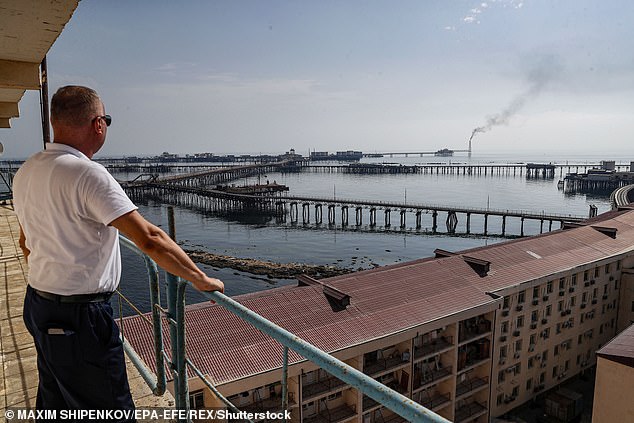
Pictured: A man watches from the staff dormitories of Neft Dashlari
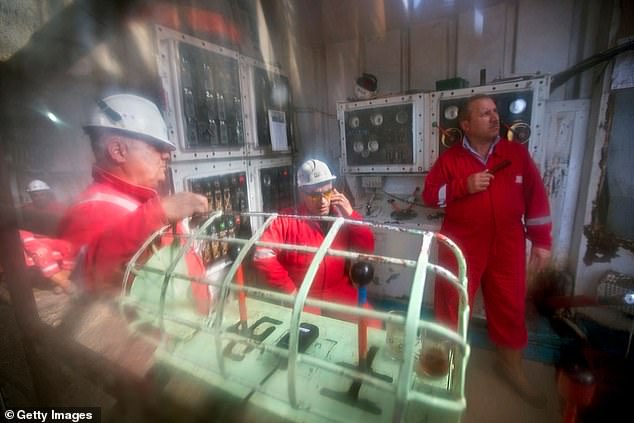
A worker at Oil Rocks makes about $130 a month, which doesn’t seem like much but is actually twice as much as someone doing the same work on the mainland
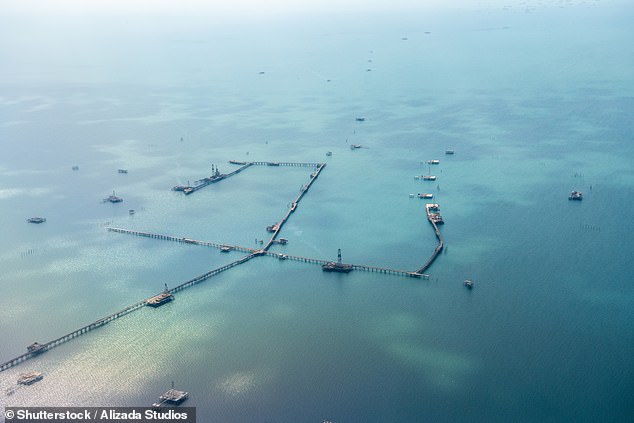
Most oil rigs are now out of use and many bridges have collapsed, preventing workers from reaching them
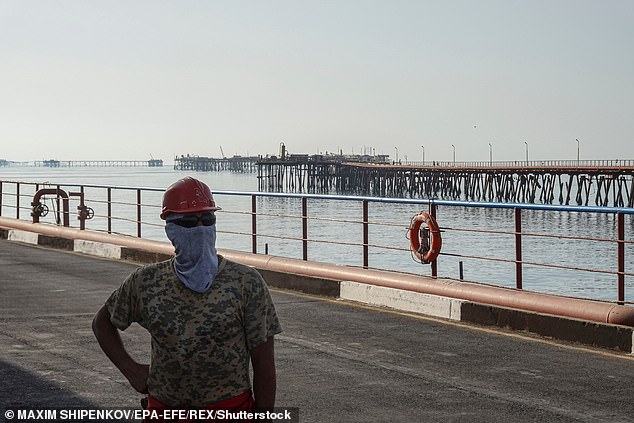
Submerged structures, oil leaks and damaged equipment prevent the plant from functioning effectively for a long time.
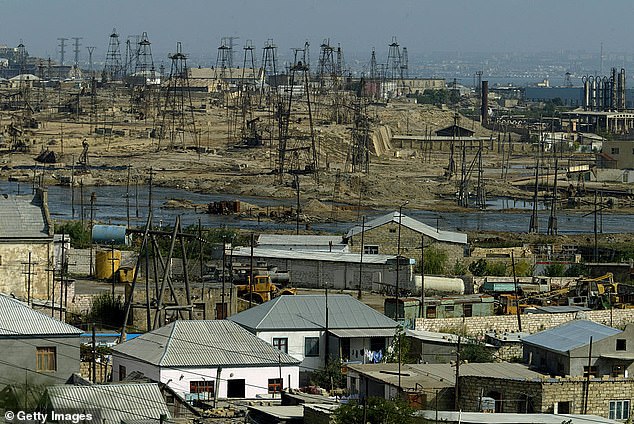
Pictured in 2003: A view of the oil wells
With experts estimating that oil reserves will only last about 20 years, soon there will be only a few bits of metal left sticking out of the sea.
There were reports that there were plans to renovate the town and transform it into a tropical holiday resort, but nothing ever came of it.
So mysterious that it doesn’t even appear on Google Maps; the huge labyrinth will simply be a memory.
With a similar story, the lost city of Atlantis has fascinated treasure hunters and explorers for more than 2,000 years.
But despite countless theories and decades of searching, the lost city has remained stubbornly lost.
While Atlantis itself may be nothing more than a myth, archaeologists around the world have uncovered real sunken cities.
From a ‘cursed’ city in Germany to a mysterious town underwater pyramid in Japan there are drowned worlds that are stranger than you would expect.
So if you fancy looking for lost civilizations, MailOnline has created an interactive map, revealing the lost sunken cities around the world.
